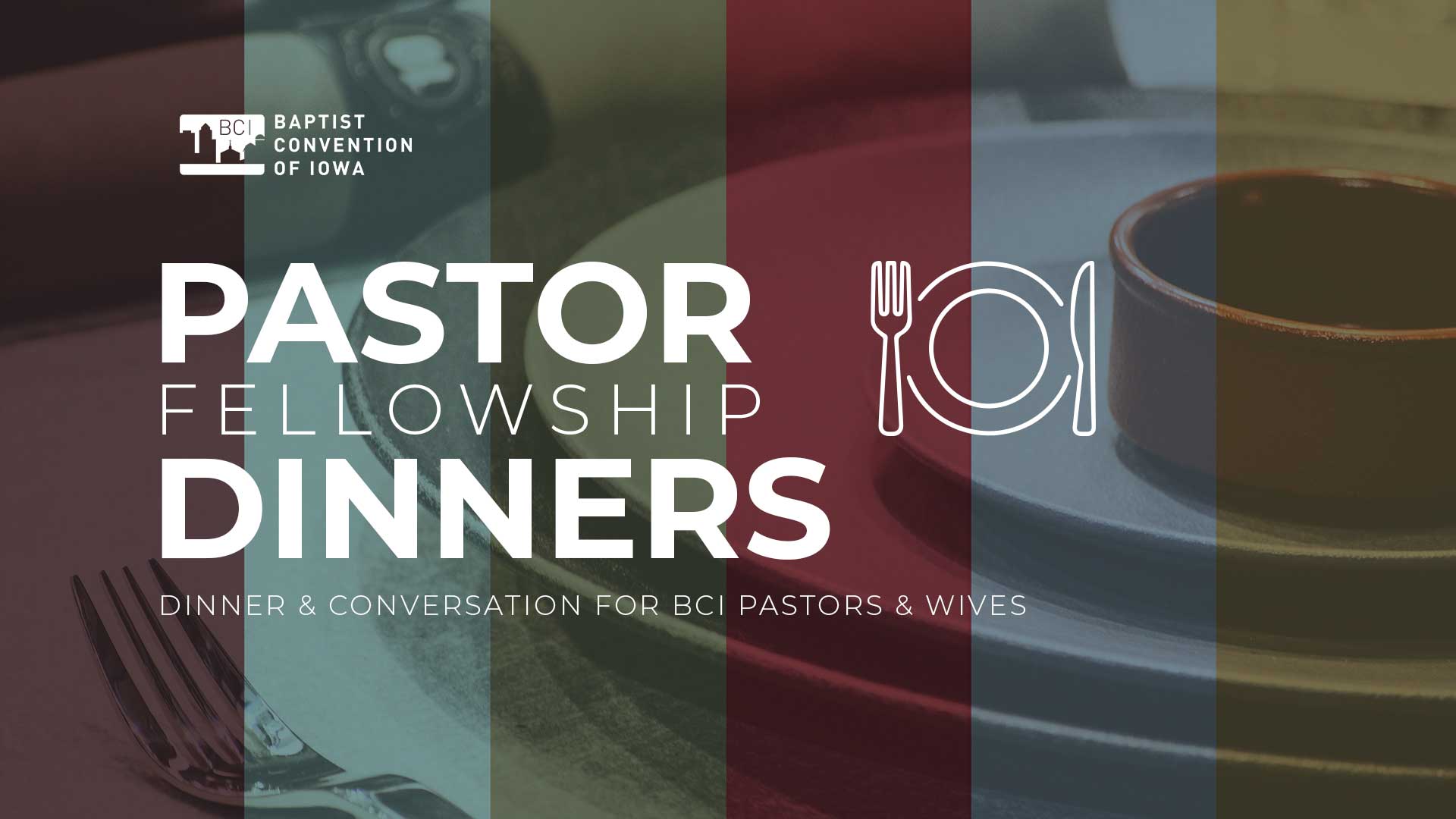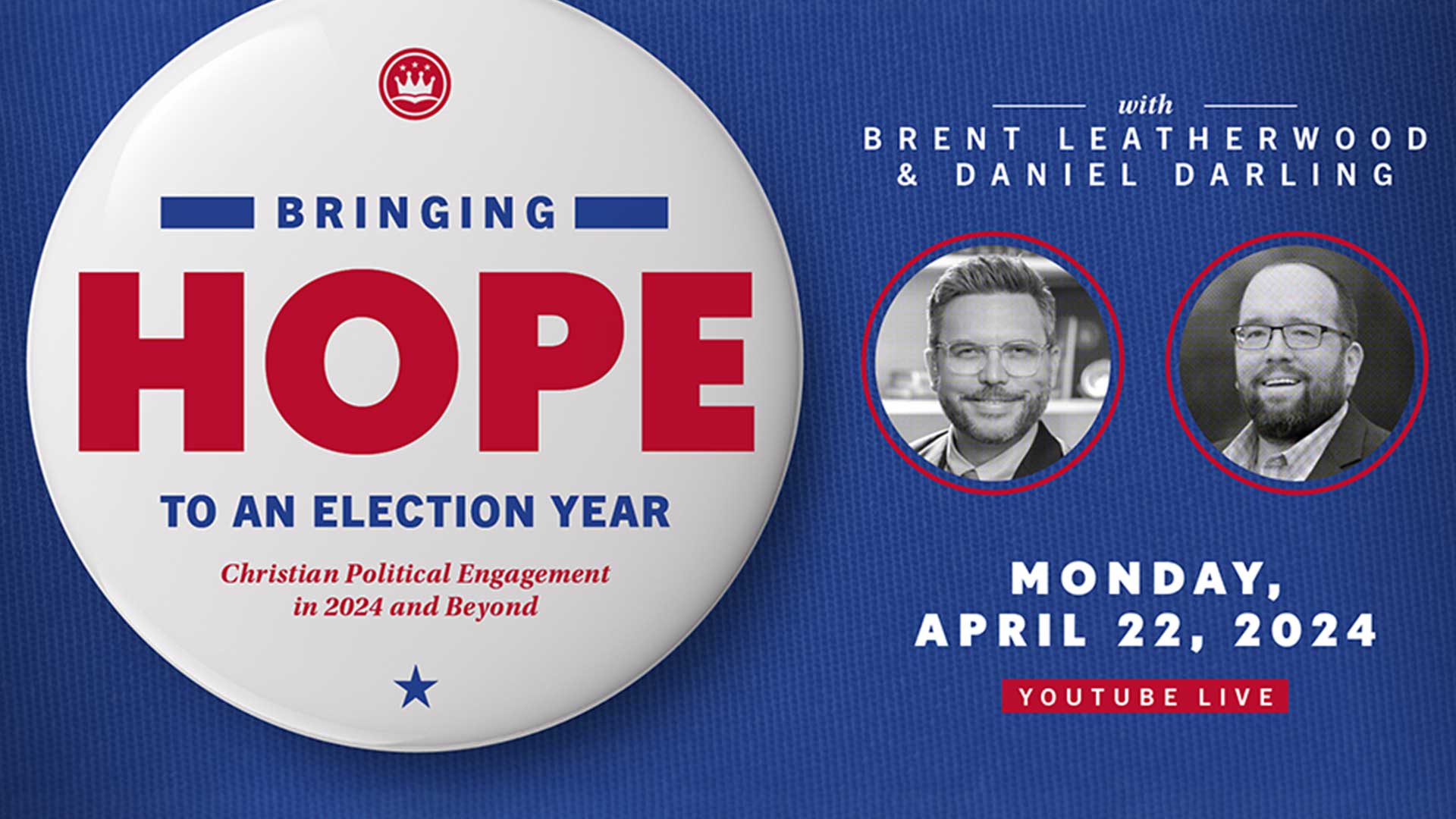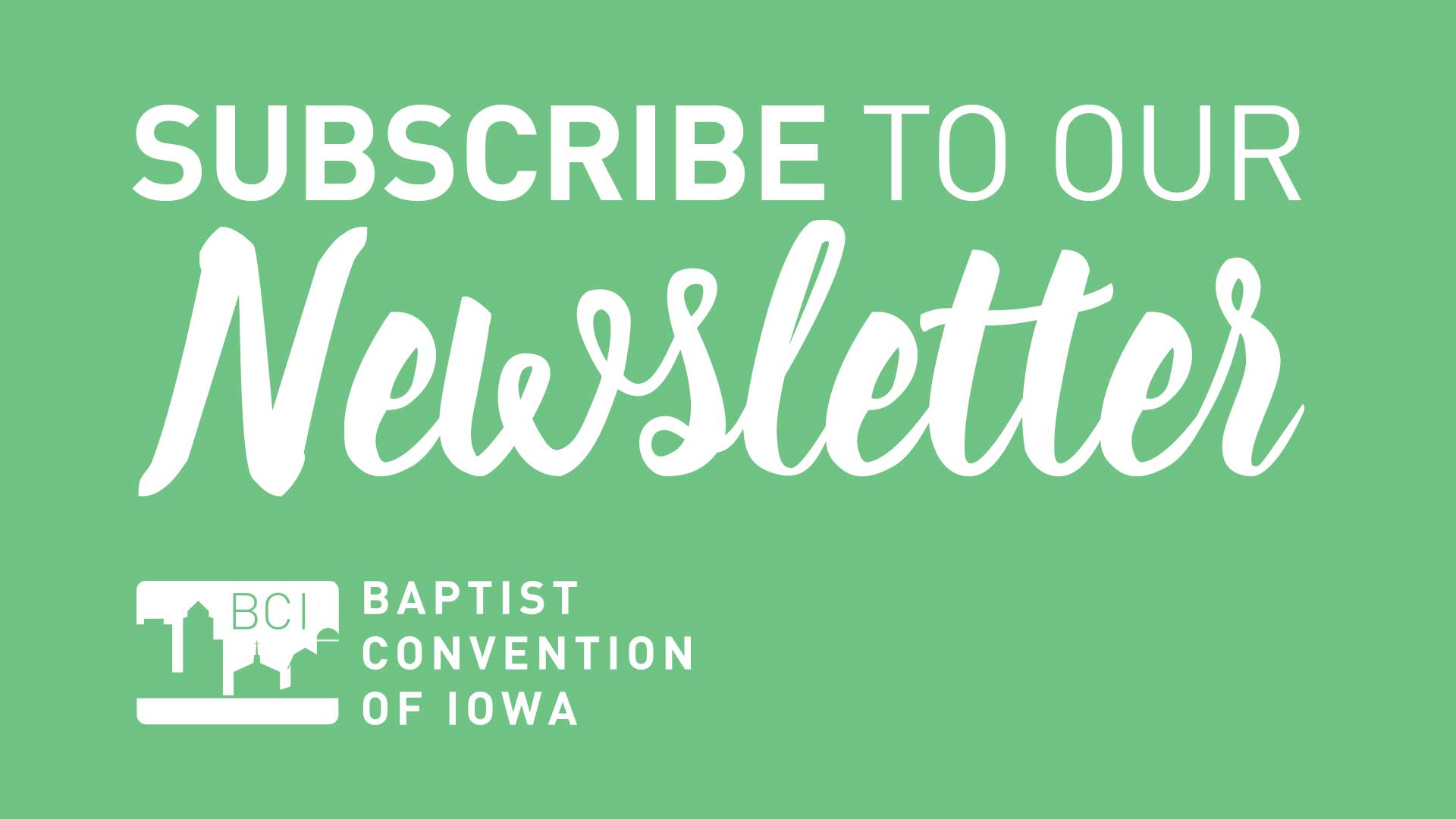 After Hurricanes Harvey and Irma, thousands of Southern Baptists mobilized to help the victims in Texas and Florida. Here are five facts you should know about one of the largest—but least known—disaster relief organizations in America:
After Hurricanes Harvey and Irma, thousands of Southern Baptists mobilized to help the victims in Texas and Florida. Here are five facts you should know about one of the largest—but least known—disaster relief organizations in America:
1. Disaster relief efforts by Southern Baptist began in 1968 when Texas Baptists assisted victims of Hurricane Beulah. At that time the Brotherhood Commission, along with state Baptist Brotherhood leadership, took the lead in organizing Southern Baptists to respond to disasters, by creating the coordinating agency for Southern Baptist Disaster Relief (SBDR) and hiring the first national disaster relief director. The turning point for SBDR came in 1989 when Southern Baptists responded to Hurricane Hugo. Since that time, SBDR has grown to become the third largest disaster relief organization in the country, behind only the Red Cross and the Salvation Army.
2. Today, SBDR units are owned and operated by state conventions, local associations, and churches, and are coordinated nationally by the North American Mission Board (NAMB). One of the specific missions of NAMB is to assist churches in relief ministries to victims of disaster and other people in need. NAMB provides appropriate assistance and coordination in service to state Baptist conventions, when multi-state and national disaster responses are needed and coordinates with federal government as well as national disaster relief entities to ensure good response coordination on behalf of Southern Baptist Disaster Relief. Nearly 95,000 Baptists across the country are currently trained to handle disasters.
3. Although SBDR works alongside federal agencies like FEMA, it does not accept any federal funding or reimbursement. Funding comes directly from churches, mostly by funding that is passed through state conventions and the SBC’s Cooperative Program (CP). For example, in 2016 NAMB received $1,378,558 in designated giving to the disaster relief program from the CP. Millions more was provided directly to such efforts from local church and state conventions.
4. In 2015 (the last year for which data is available) SBC Disaster Relief efforts included 208 temporary roof/repair jobs, 215 professions of faith, 756 chainsaw jobs, 1,232 flood recovery jobs, 1,325 presentations of the gospel, 2,549 children cared for, 4,129 loads of laundry for disaster victims, 5,158 chaplaincy contacts, 11,352 ministry contacts, 17,596 showers provided for disaster victims, 22,271 volunteer days, and 126,160 meals prepared.
5. The NAMB website offers numerous ways to help you and your church prepare for natural disasters, including developing a Church Preparedness Plan, helping your church families develop a Family Preparedness Plan, preparing Emergency Survival Kits, and hosting Disaster Relief training for International Disaster Response. You can also directly volunteer for Disaster Relief by contacting your state Baptist convention Disaster Relief office.






